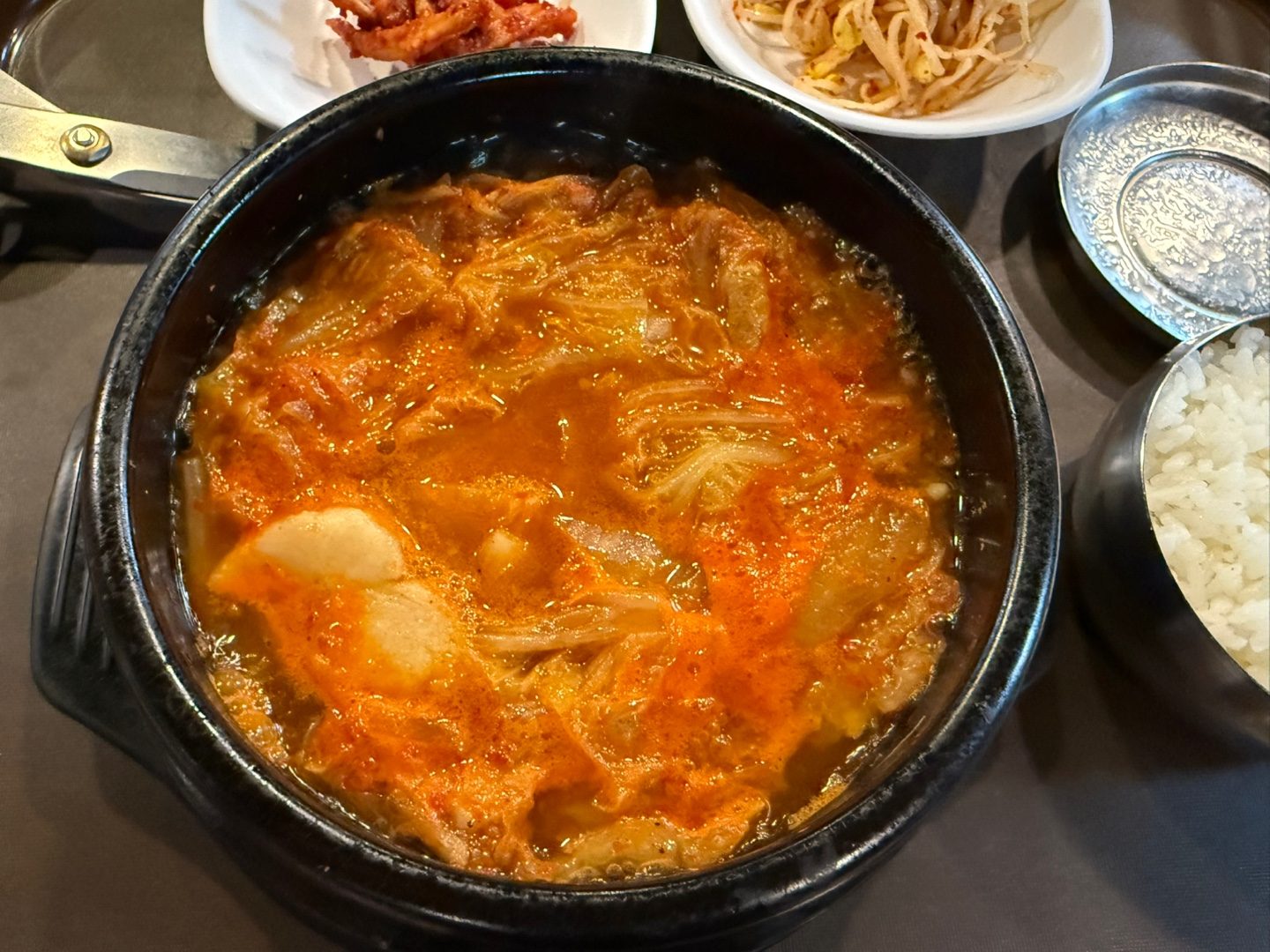This article explains the concept of algorithms through the example of how to make kimchi stew and emphasizes the importance of clear and efficient algorithms. It also provides concrete examples of how algorithms can be applied to solve various problems in everyday life.
How to make kimchi stew? An algorithm!
How do you make kimchi stew?
1. Bring a pot of water to a boil.
2. Add the appropriate amount of kimchi that has been properly trimmed and bring to a boil.
3. Once cooked, season and finish.
If we explained it like this, most people would be full of energy and throw a question mark. However, technically, this is not the way to make kimchi stew. It’s just a lot of ambiguity, but it’s not exactly wrong. These descriptions are part of the problem-solving process. We call a systematic way of describing the problem-solving process an algorithm.
What is an algorithm?
An algorithm is a step-by-step procedure or method for solving a problem. The example above of how to make kimchi stew is an algorithm. However, it is not a well-designed algorithm. A well-designed algorithm is a procedure that is clear, efficient, and has a logical explanation that can be applied to any situation.

Clarity of the algorithm
When an algorithm is clear, it means that there is no confusion and no ambiguity for the reader to understand. For example, the phrase “moderate amount” mentioned above is very ambiguous. It’s not a clear statement because different people may have different interpretations of what constitutes a reasonable amount. To create a clear algorithm, we need to refine it.
Let’s try to make it a little clearer how to make kimchi stew.
1. Bring 500-550 ml of water (4°C) to a boil in a saucepan.
2. Cut the kimchi into squares or rhombuses with a length of 3 centimeters on each side, and add 40 grams of kimchi per 100 grams of water.
3. Once the kimchi is cooked, season to taste and finish.
As you can see, using a specific number instead of a vague phrase like “the right amount” makes the algorithm clearer. Clarity is essential here. This is because the process of making kimchi jjigae is not interpreted differently by different people, so clear criteria and steps are necessary to achieve consistent results.
Algorithmic efficiency
In addition to clarity, algorithms should also be efficient, meaning they should minimize the time and resources it takes to solve a problem. In computer science, the efficiency of an algorithm can make a big difference in processing time, especially when the size of the input is very large.
For example, the details of an algorithm may not make much difference when making a single bowl of kimchi stew, but when you need to make hundreds of bowls of kimchi stew, it’s a different story. What constitutes “proper trimming” and how much time it takes to do so can make a big difference in how long it takes to finish a dish.
Algorithms and everyday life
In computer science, algorithms are used to solve a variety of problems in our daily lives. A classic example is the algorithm that finds the shortest route in a car navigation system. They need to find the shortest route quickly, taking into account many variables such as real-time traffic conditions on the road, accidents, average speed, etc. This requires a very efficient and well-defined algorithm to solve this problem.
Algorithms are applied in many places in our daily lives that we might not think of. For example, internet search engines use algorithms to quickly and accurately find the information you’re looking for from a vast amount of information. Algorithms also play an important role in sorting large amounts of data or filtering it according to specific criteria. The purpose of algorithms is to solve problems quickly and accurately.
Real-world applications of algorithms
In the real world, algorithms are not just an academic concept. Many recipes and everyday problem-solving processes utilize algorithms. For example, when making kimchi stew, the right mix of ingredients, cooking time, and order of cooking are essential to achieve the ideal flavor, and algorithms exist to provide optimal solutions to various problem situations.
Not only in computer science, but in many areas of life, we often follow algorithms unconsciously. We solve problems by following a set procedure and steps, and in the process, we refine the algorithm based on our experience.